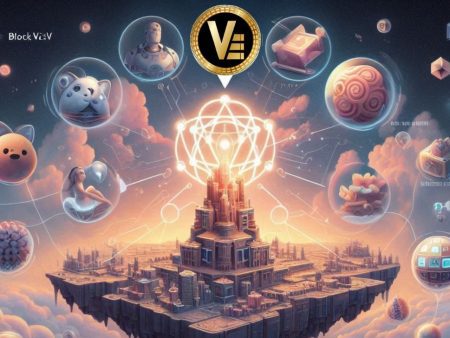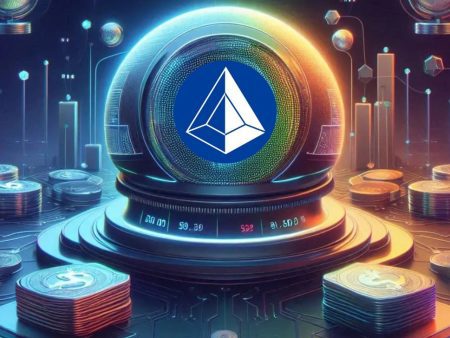Gnosis (GNO) is a decentralized infrastructure protocol designed to bring transparency, security, and usability to the Web3 ecosystem. It plays a vital role across various tools and products such as Gnosis Safe, Gnosis Chain, and the CoW Protocol, enabling secure asset management and efficient decentralized trading.
In this post, TopCoin9 will help you explore its definition, how it works, tokenomics, its use cases, buying and storing methods, and future development roadmap — all of which are covered in detail below!
What is Gnosis (GNO)? A Clear Definition
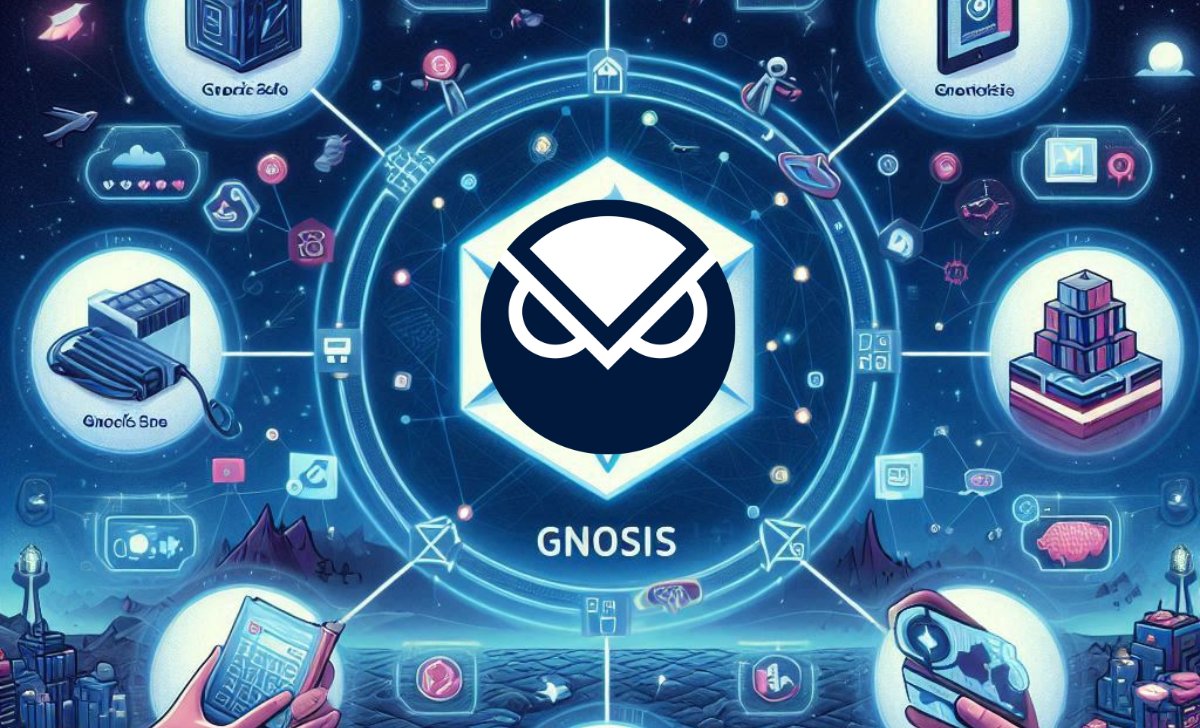
Gnosis (GNO) is a decentralized infrastructure protocol originally built on the Ethereum blockchain. It began in 2015 as a prediction market platform created by Martin Köppelmann and Stefan George, aiming to harness the “wisdom of the crowd” for forecasting future events (Wikipedia, 2023).
Today, Gnosis has evolved beyond prediction markets into a full ecosystem of products, including:
- Gnosis Chain (an Ethereum sidechain),
- Gnosis Safe (a multi-signature smart contract wallet),
- Gnosis Auction and more.
The native utility token, GNO, plays a central role in governance and staking across the ecosystem. According to CoinGecko (2024), GNO is used for transaction fees, governance voting, and validating the network.
Gnosis was incubated by Consensys, one of the most influential blockchain companies, and later spun off into an independent organization.
Now that you have a solid definition of Gnosis (GNO), let’s break down how this multi-layered protocol actually works through the content below!
How Gnosis (GNO) Works
Understanding how Gnosis operates means exploring its three main pillars: the Gnosis Chain, Gnosis Safe, and the GNO token. These components form the foundation of a highly secure and flexible infrastructure for decentralized applications and organizations.
CoW Protocol
One of the most significant innovations emerging from the Gnosis ecosystem is the CoW Protocol (Coincidence of Wants). Originally incubated by Gnosis, CoW Protocol has since spun out into a separate entity, but it remains deeply intertwined with Gnosis’ mission of creating open financial systems.
Launched in 2021, CoW Protocol enables gasless and MEV-protected trading on Ethereum and Gnosis Chain by batching user orders and settling them via solvers — entities that match trades to find optimal prices and routes (CoW Protocol Whitepaper, 2021). Instead of each user individually interacting with the AMM (like Uniswap or Curve), CoW Protocol finds “coincidences of wants” among users and facilitates peer-to-peer-like swaps.
Gnosis Chain
Gnosis Chain serves as the main execution environment for the Gnosis ecosystem. It’s a fully EVM-compatible blockchain originally known as the xDai Chain before merging with Gnosis in late 2021 (Gnosis.io, 2023). This strategic move created a dual-token system: xDai for gas and stable transactions, and GNO for governance and staking.
Built with scalability and affordability in mind, Gnosis Chain uses a Proof-of-Stake (PoS) consensus model powered by the Gnosis Beacon Chain. Validators stake GNO to secure the network, earning transaction fees and rewards in return.
Gnosis Safe
Gnosis Safe is arguably the most trusted smart contract wallet on Web3. Designed for multi-signature security, it allows teams, DAOs, and individuals to control funds collectively with custom approval rules.
Instead of a single private key, a Safe requires multiple signers to approve a transaction — drastically reduce the risk of a single point of failure. As of 2024, over $60 billion worth of digital assets are secured using Gnosis Safe (Safe.global, 2024), making it a key pillar in DeFi infrastructure.
With Gnosis Safe providing secure custody and governance tools, let’s now weigh the advantages and limitations that come with using Gnosis (GNO) in practice through the next content!
Advantages and Limitations of Gnosis (GNO)
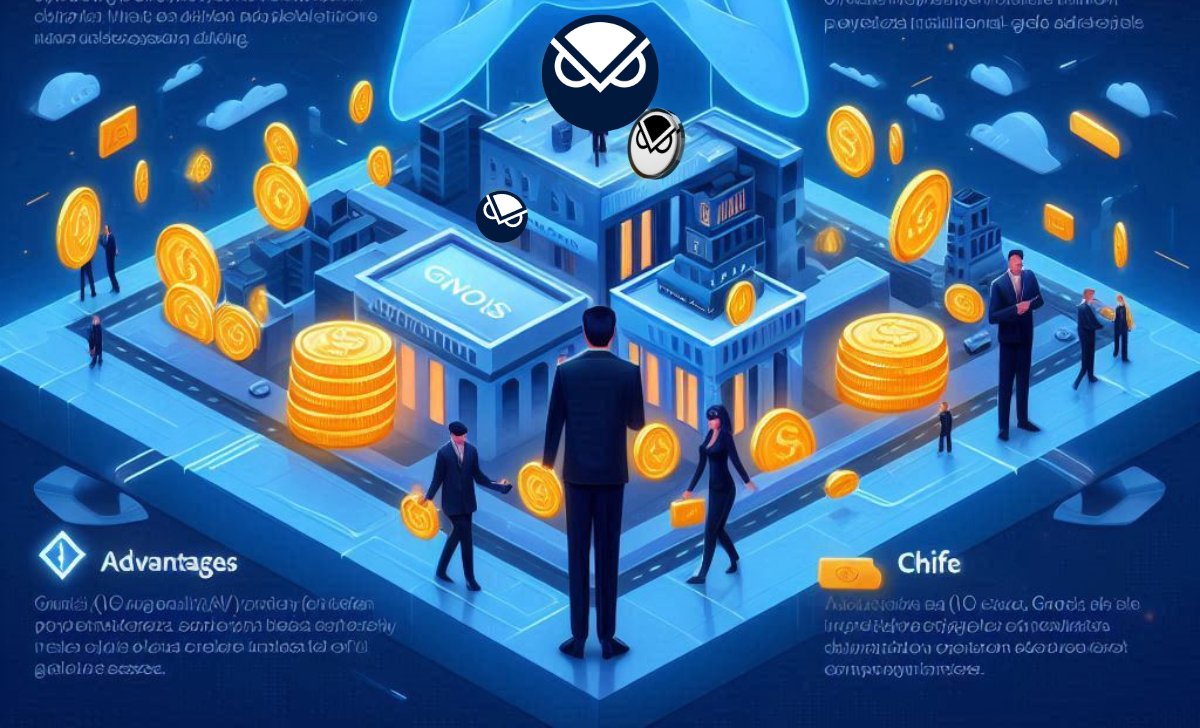
Like any blockchain protocol, Gnosis (GNO) brings both strengths and weaknesses. However, its robust infrastructure and real-world adoption make it a key player in Web3 development.
Advantages
- Strong Security: Gnosis Safe uses multi-signature smart contracts that have undergone extensive audits, offering institutional-grade protection. According to Safe.global (2024), it secures over $60 billion in assets.
- High Flexibility: With a modular, plugin-based design, Gnosis tools adapt seamlessly to the needs of DAOs, treasuries, and Web3 organizations. This flexibility supports use cases from asset management to governance execution.
- Ethereum Compatibility: Gnosis Chain is fully EVM-compatible, allowing developers to deploy Ethereum-based dApps without code changes. This ensures ecosystem interoperability (Ethereum.org, 2023).
- Real Ecosystem Adoption: Gnosis infrastructure powers major DAOs like ENS and Gitcoin, confirming real-world trust and usage. Bankless (2023) highlights it as a gold standard for decentralized treasury management.
Limitations
- Steep Learning Curve: Setting up Gnosis Safe can be complex for non-technical users, especially when configuring signer permissions. This onboarding challenge has been noted by many first-time DAO contributors.
- Governance Concentration: Research by Messari (2023) indicates that early GNO token holders may hold disproportionate voting power. This could raise concerns about decentralization in long-term governance.
- Ethereum Dependency: Despite Gnosis Chain’s scalability, its infrastructure still depends heavily on Ethereum’s network limitations. Bottlenecks like gas spikes or L1 congestion can affect performance.
Despite these limitations, the GNO ecosystem continues to mature and innovate — making its native token, GNO, an important asset to understand in more detail. Let’s explore that in the next section!
Basic information about GNO Token
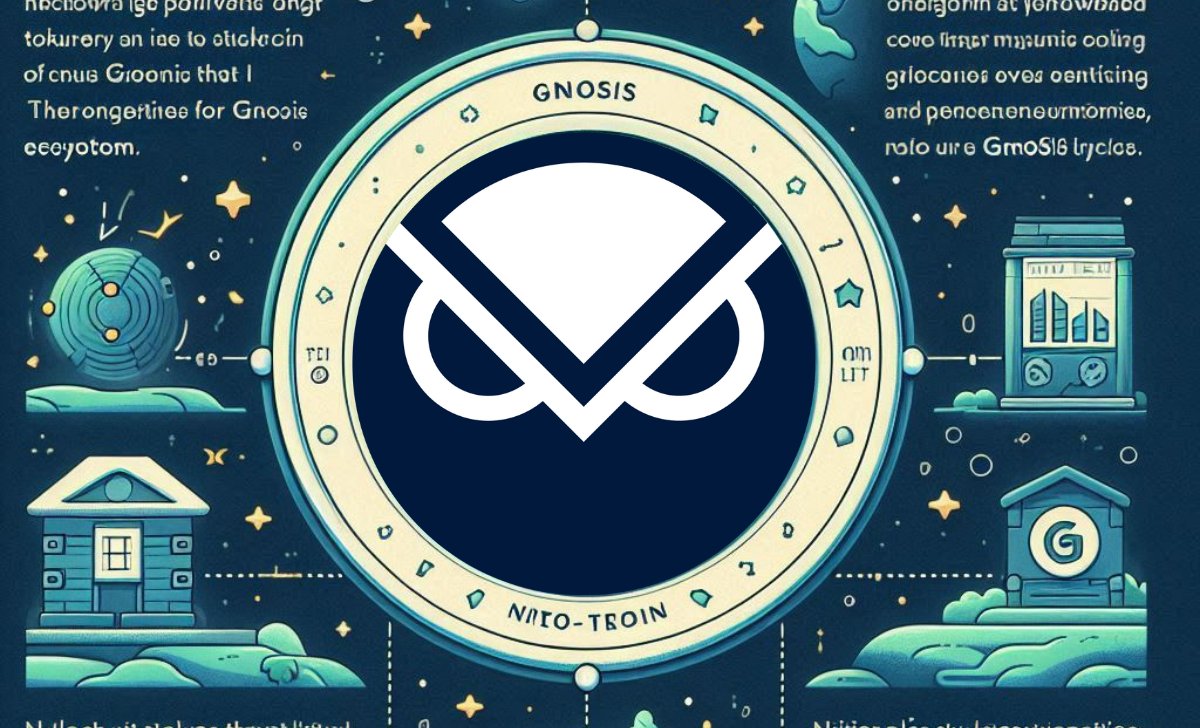
Gnosis (GNO) is the native utility and governance token of the Gnosis ecosystem. It plays a key role in staking, validator incentives, and on-chain governance across products like Gnosis Chain and Gnosis Safe.
Key Metrics GNO Token
- Token Name: GNO token
- Ticker: GNO
- Blockchain: Ethereum
- Token Standard: ERC-20
- Contract: 0x6810e776880c02933d47db1b9fc05908e5386b96
- Token type: Utility
- Total Supply: 10,000,000 GNO
- Circulating Supply: 2,600,000 GNO (CoinGecko, 2024)
The GNO token was initially launched through a Dutch auction in 2017, raising over $12.5 million (Wikipedia, 2023).
GNO Token Allocation
According to Gnosis.io (2023), the initial GNO distribution was as follows:
- 95% of GNO tokens were allocated to public sale participants during the initial launch.
- 5% were reserved for future development by the Gnosis team.
- Over time, a significant portion of tokens has been used to:
- Support ecosystem development initiatives
- Fund validator rewards on Gnosis Chain
GNO Token Use Case
The GNO token is primarily used for staking, where validators lock tokens to help secure the Gnosis Chain and earn rewards. It also serves as a governance token, enabling holders to vote on proposals that shape protocol upgrades and resource allocation.
Beyond technical functions, GNO is increasingly integrated into DAO operations, ecosystem grants, and liquidity incentive programs, reinforcing its long-term utility within the Gnosis ecosystem (GnosisDAO Forum, 2024).
Let’s now explore how you can get involved with Gnosis (GNO) through buying, holding, and contributing. Details will be revealed in the content below!
How to Buy and Store GNO Token
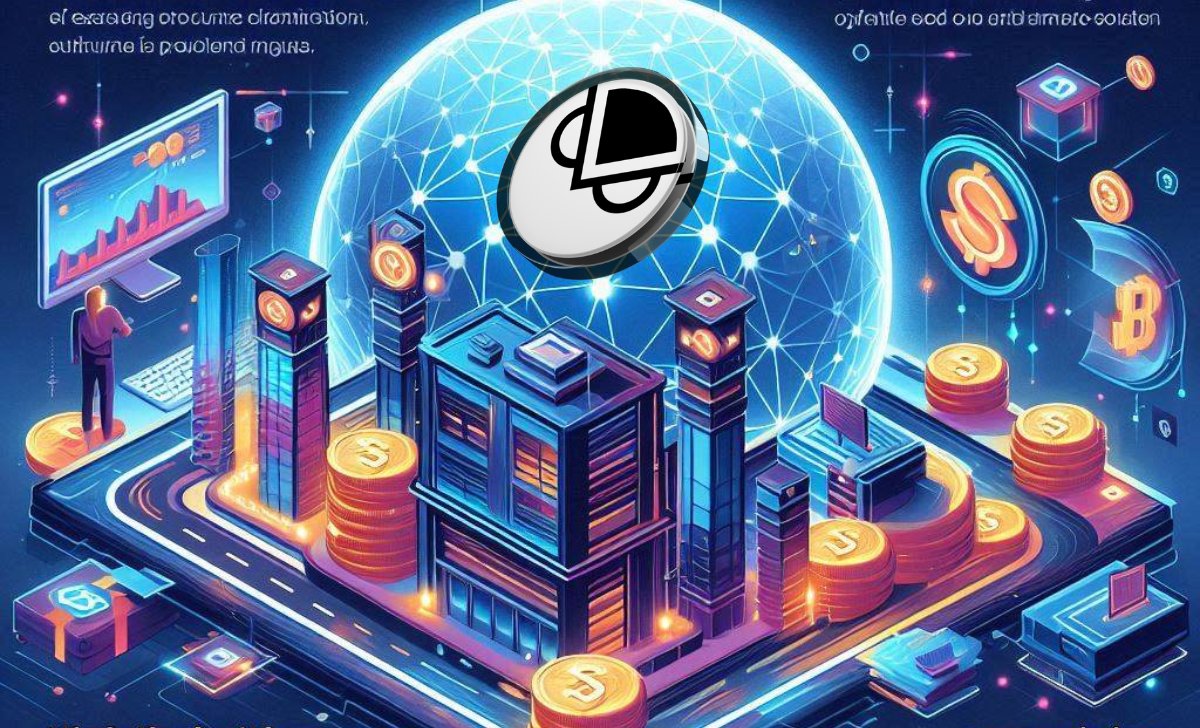
For anyone looking to participate in the Gnosis ecosystem, knowing where to buy and how to securely store Gnosis (GNO) is essential. Here’s a concise guide to get you started.
Where to Buy GNO
You can purchase Gnosis (GNO) on major centralized exchanges such as Binance, Kraken, Coinbase, and Bitfinex, all of which support GNO trading with fiat or crypto pairs. According to CoinGecko (2024), these platforms offer the highest liquidity and competitive fees.
For decentralized options, Uniswap and CoW Swap (built within the Gnosis ecosystem) also support GNO trading directly via Ethereum or Gnosis Chain wallets. If you’re researching the best crypto to buy now, GNO stands out for its deep ecosystem integration and real-world DAO adoption.
How to Store GNO
After purchasing, storing your GNO tokens securely is critical. The safest method is using Gnosis Safe, a multi-signature smart contract wallet trusted by leading DAOs and institutions, securing over $60 billion in assets (Safe.global, 2024).
Alternatively, hardware wallets like Ledger or Trezor offer offline storage and are compatible with MetaMask or Rabby Wallet for easy access. Always avoid leaving your tokens on exchanges for extended periods due to custodial risks (Binance Academy, 2023).
With your GNO tokens securely in hand, it’s worth exploring what the future holds for Gnosis (GNO) as the project continues to push the boundaries of decentralized finance and governance in the next part!
The Future of Gnosis (GNO): Roadmap and Development
Looking ahead, Gnosis (GNO) is positioned to expand its role in Web3 infrastructure with a forward-thinking development roadmap. The project continues to focus on usability, decentralization, and ecosystem growth, backed by real-world adoption and governance transparency.
- Gnosis Pay: Set to launch with Visa integration, Gnosis Pay will offer a crypto-native payment solution featuring a debit card directly linked to Web3 wallets — bridging the gap between DeFi and traditional finance (Gnosis.io, 2024).
- Enhanced DAO Tooling: The team is actively upgrading DAO infrastructure tools such as Safe, Zodiac, and Snapshot, enabling more robust governance automation and multi-chain compatibility (Safe.global, 2024).
- Cross-Ecosystem Integration: Gnosis aims to streamline multichain workflows, making it easier for DAOs and institutions to interact across Ethereum, Gnosis Chain, and other EVM-compatible networks (Ethereum.org, 2023).
- Developer Incentives: Through GnosisDAO, the project will continue to fund open-source builders with transparent grant programs, fostering long-term growth and innovation (Gnosis Forum, 2024).
Conclusion
Gnosis (GNO) continues to prove itself as a cornerstone of the decentralized finance ecosystem, offering secure, scalable, and user-friendly infrastructure. We hope this guide has helped you better understand how GNO works, its real-world use cases, and future potential. Don’t forget to follow our latest posts at TopCoin9 for more in-depth insights into the world of crypto and Web3 innovation.

Ethan Carter, a seasoned crypto analyst with 7+ years of experience, has a deep understanding of market trends, DeFi, and blockchain technologies. His expert insights and market forecasts have helped thousands of traders and investors make informed decisions.
Email: [email protected]
